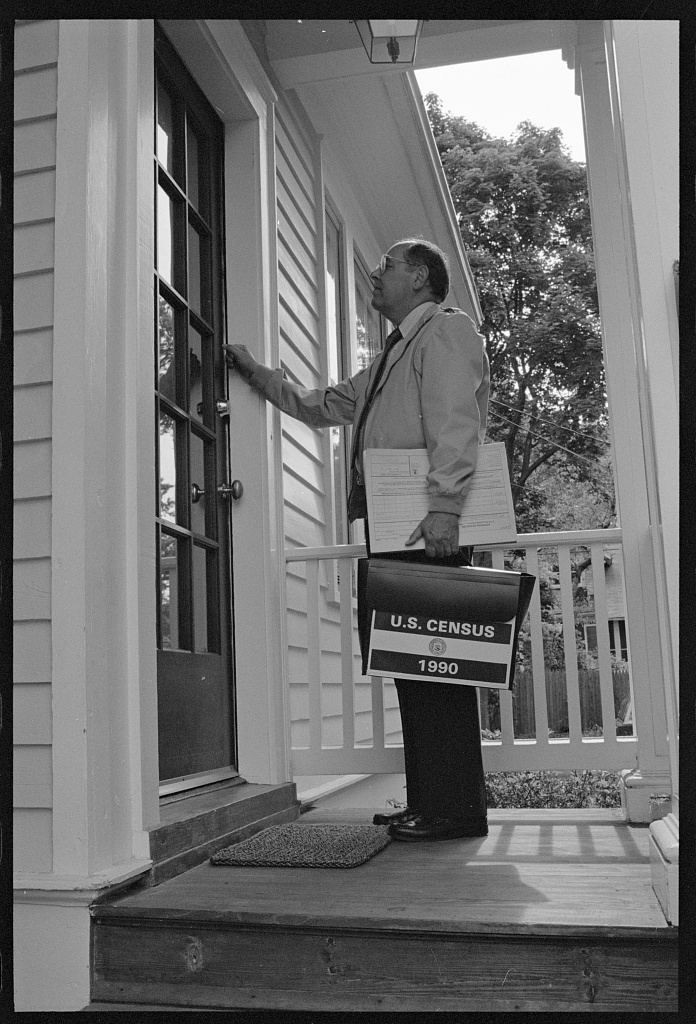Welcome!
The purpose of this site is create a space of critical thinking regarding the structure of the US Census. As you travel through the pathways and corridors of this site, you will be able to explore not just a general history of the census, but also dive into how minorities (Native Americans, slaves, free blacks, and Hispanics) were depicted in census enumeration.
Think critically about how these census documents were designed and formatted. Also, attempt to grapple with the possibility that even government documents can present written bias.
This site contains three exhibits. To find these, please enter the exhibit hall by pressing an exhibit button on your left. Once entered into an exhibit, you may choose where to go next! Each exhibit has sub-themes, so go and explore!
1. Minorities in the US Census
- There are three sub-themes that pertain to the first exhibit. In order to best understand the evolution as to how minorities were depicted in census forms, it is best to break down the totality of census history into three discrete case studies.
1a. The first case study examines the 1790-1800 census records. This will be the first stop on our way to examine US Census history.
1b. The second case study examines the 1830-1840 census. Pay close attention as to how the census forms have changed, and how minorities are depicted.
1c. The third case study examines the 1930-1940 census, one hundred years after the second case study. This provides an opportunity to study the "evolution" of the census forms.
2. Minorities in Missouri and St. Louis Census
- This section dives deeper into the world of census history by focusing our discussion on Missouri and St. Louis. The structure to this exhibition is similar to the previous one as it uses census forms to gain insight into minority census enumeration. Have a look!
3. Source Material Discussion
- The US Census has been used for more than just historical studies. The Pew Research Center has done computational analysis as to how the US Census has historically classified minorities. This third exhibit examines these secondary sources.
